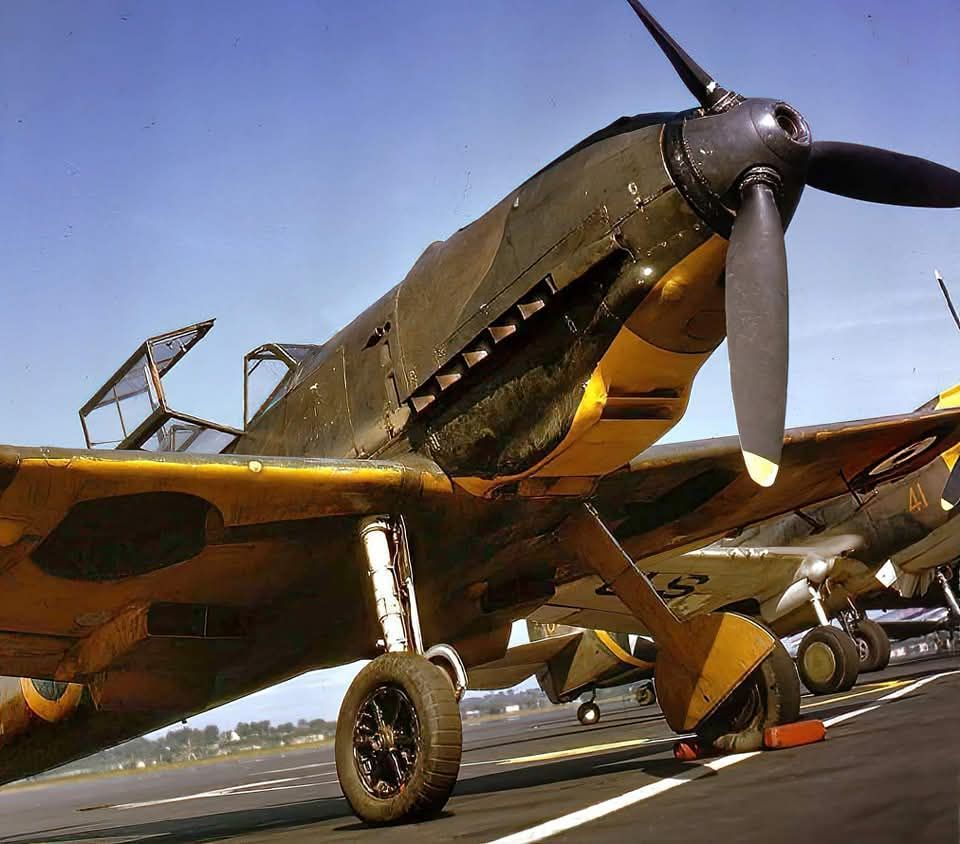
Weathering in Scale Modelling – How Much is Too Much?
Share
Few topics spark as much lively discussion in the scale modelling community as weathering. For some, weathering is the soul of a model – the subtle stains, chipped paint, dust, and grime that tell the story of a machine in service. For others, it’s a point of contention: at what point does “realistic” become “overdone”?
The Real World Isn’t One-Size-Fits-All
Having served in the military, I can say from first-hand experience that the degree to which an aircraft, vehicle, or piece of equipment weathers in the real world depends on far more than a simple “clean” or “dirty” distinction. Several factors influence how a machine looks in service:
-
Operational Environment – Aircraft operating from dusty, forward-deployed strips will inevitably collect grime and stains faster than those based at pristine, well-maintained airfields. Similarly, vehicles in desert conditions will look markedly different to those in temperate or arctic climates.
-
Age of the Equipment – New machines tend to be cleaner, not just because of their short service life but also due to the pride crews often take in their latest assets. Over time, wear and tear naturally accumulate.
-
Operational Intensity – When the operational tempo is high, maintenance crews may only have time for the essentials: keeping the machine mechanically sound, refuelled, and armed. Cosmetic cleaning often becomes a luxury. In quieter periods, crews can spend more time keeping their equipment looking pristine.
Quality, Design, and the Mess They Leave Behind
Not all machines are created equal – and that’s true whether you’re talking about a fighter jet, a tank, or a truck. The quality of manufacture and the fundamentals of a design can dramatically influence how a piece of equipment ages and what kind of “footprint” it leaves in service.
Take aircraft engines, for example. Some designs are famously clean-running, with tight tolerances and well-thought-out sealing systems. Others, thanks to less refined engineering, wartime production pressures, or inherent quirks, tend to leak oil, fuel, or hydraulic fluid almost from day one. It’s not always a matter of poor maintenance – sometimes it’s simply the machine’s nature.
For the scale modeller, this means realism isn’t just about operational wear and tear; it’s also about the personality of the subject. Knowing whether your chosen aircraft or vehicle was a tidy, well-sealed design or a mechanical “leaker” can make all the difference in deciding how far to take your stains, streaks, and weathering effects.
The Historical Accuracy Argument
Many modellers pride themselves on achieving historically accurate finishes, and there’s no denying that reference photos are invaluable. If your subject was factory-fresh, heavy weathering might look out of place. Likewise, if you’re modelling a battle-hardened machine late in a campaign, leaving it looking showroom-new might be equally inaccurate.
That said, photos can be deceptive. Lighting, film stock, operational conditions, and even the day the picture was taken can all influence what you see. What’s more, not every aspect of a machine’s life is documented, so there’s always an element of educated guesswork involved.
Modelling as an Art Form
While scale modelling has a strong historical and technical foundation, it’s also an art form. Weathering can be as much about storytelling and personal expression as it is about accuracy. Some builders prefer a clean, “just rolled off the line” look; others enjoy pushing the contrast and detail to create an eye-catching, dramatic finish.
The key here is subjectivity – a build can be both technically inaccurate and visually compelling, because it’s not just about replicating reality; it’s about the builder’s vision.
The Only Opinion That Really Matters
In the end, the most important factor is whether you are happy with your model. If you enjoyed the process, learned something new, and are proud of the result, then it’s a success – regardless of whether your weathering is light, heavy, or somewhere in between.
Yes, there’s value in constructive criticism and historical research. But modelling should never become so rigidly bound by “rules” that it stifles creativity.
Whether you’re adding a subtle exhaust stain or going full “war-weary veteran,” remember: this is your model, your story, and your art.

A colourised photo of an Avro Lancaster undergoing maintenance.
